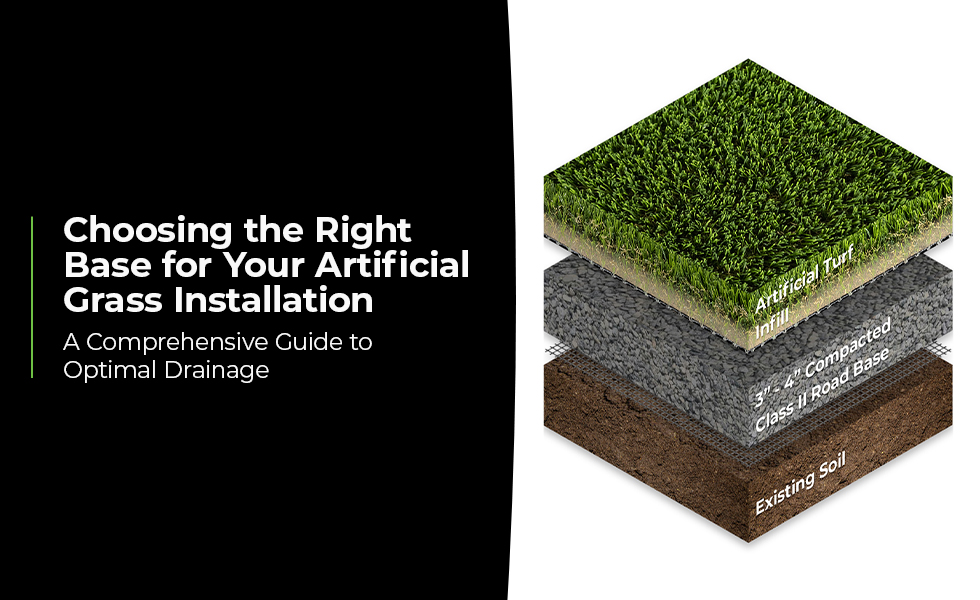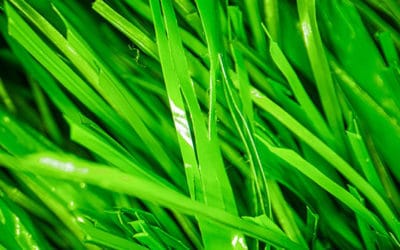
Artificial grass has revolutionized outdoor spaces, offering a low-maintenance and evergreen alternative to traditional lawns. However, the success of your artificial grass installation is heavily contingent on the type of base beneath it. In this comprehensive guide, we’ll delve into how different surfaces impact drainage, empowering you to make informed decisions for a long-lasting and vibrant artificial grass setting.
What You Need to Do:
1. Desert Landscape: Nature’s Fast-Track Drainers
- Nature’s Fast-Track Drainers: Deserts boast sandy, porous soils renowned for their ability to rapidly absorb water. These soils act as nature’s fast-track drainers, ensuring efficient water penetration.
- Why It Matters: If your locale features a desert landscape, the advantage lies in the soil’s natural ability to swiftly absorb water. This reduces the likelihood of water pooling beneath your artificial grass, contributing to effective drainage.
2. Hard Packed Dirt: The Compaction Conundrum
- The Compaction Conundrum: Hard packed dirt, especially when compacted, presents a challenge in allowing water to pass through. Compacted soil provides limited space for water absorption.
- Why It Matters: In areas with hard-packed dirt, there’s a risk of water runoff rather than absorption. This scenario could lead to drainage issues and potential surface runoff, affecting the overall effectiveness of your artificial grass drainage.
3. Road Base Gravel: Permeable Pathways
- Permeable Pathways: Road base gravel behaves like a welcoming highway for water. Its permeable nature allows water to flow through, preventing the formation of puddles and promoting superior drainage.
- Why It Matters: If your chosen base is road base gravel, consider yourself fortunate! The gravel’s permeability facilitates efficient water flow, minimizing the chances of water accumulation beneath your artificial grass.
Know Your Soil
Consider Gravel:
Contemplating the use of road base gravel for your artificial grass base is a wise move. Its permeable characteristics make it a valuable asset for optimal drainage.
Consult Professionals:
When uncertainty arises, seek advice from professionals or local experts. Their insights can offer tailored recommendations based on the specific conditions of your location.
In Summary
The crux of a successful artificial grass installation lies in selecting a base that harmonizes with water dynamics. Whether dealing with the absorbent deserts, challenging hard-packed dirt, or water-welcoming gravel, understanding the drainage characteristics of your base ensures your artificial grass remains lush, vibrant, and visually appealing for years to come.
Understanding the Types of Artificial Turf Yarns
When it comes to artificial grass, there's more to it than meets the eye. What does C8, C6, and C4 mean?...
Get to Know Artificial Grass Blade Shapes and What They Mean
Are you contemplating the upgrade of your lawn to artificial grass but feeling a bit overwhelmed by all the technical...


